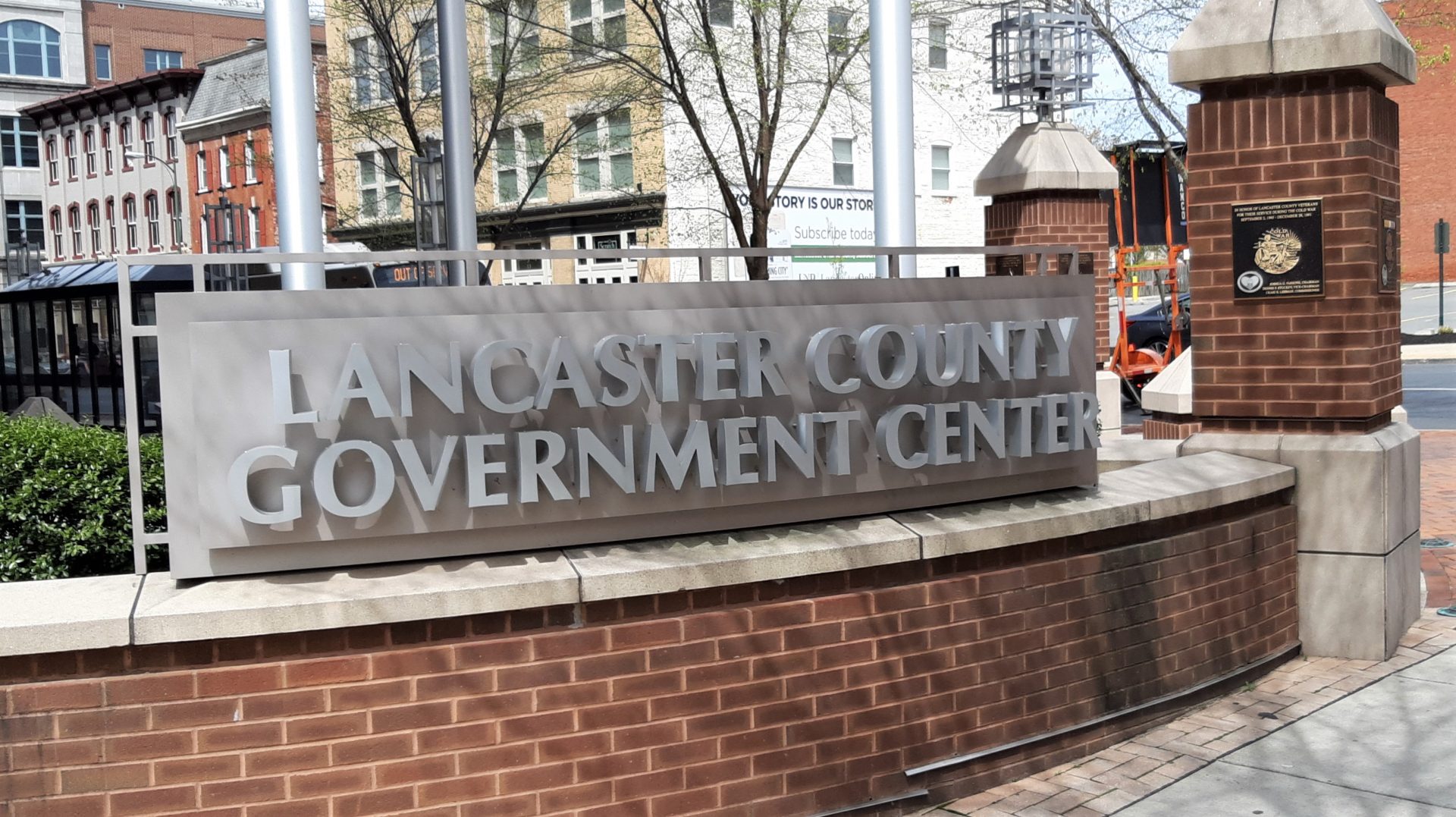The Lancaster County commissioners took a highly preliminary first look at the county’s 2023 budget this week — one that suggests the county will once again avoid a property tax increase, as it has for a decade.
The figures that Budget Services Director Patrick Mulligan presented Tuesday show revenues increasing from $168.7 million this year to $177.0 million next year.
Bolstering the total are projected increases in fee and fine revenues from $29.5 million to $31.4 million, thanks to the resumption of sheriff sales and normal court operations after the past few years of pandemic restrictions; and a sharp jump in interest earnings from $110,918 to $5.8 million, thanks in large part to interest on the county’s American Rescue Plan Act funds.
The county has disbursed $26 million to date from its $106 million ARPA allocation; all funds must be committed by the end of 2024 and out the door by the end of 2026.
Also helping the revenue side of the ledger is $1.8 million from the state’s Election Integrity Grant Program, $304,000 of which funded the county’s recent purchase of ballot sorting machines.
Expenses up $13 million
On the expenditure side, Mulligan is projecting $181.5 million in spending, up from $168.5 million this year. The main categories of increased spending are salaries (up $3.5 million), benefits (up $4.4 million), pensions (up $1.7 million) and operating expenses, the latter including IT costs (up $905,000), electricity (up $800,000) and prison costs (up $637,000).
A modest change on both the revenue and expenditure side comes from the progress of the county’s rent-assistance loan to Clipper Magazine Stadium. The county paid the last $225,000 installment of the loan in 2022 and is scheduled to receive the first part of its repayment, $270,000, in 2023.
The increases in energy costs being seen this year are hitting hard, Mulligan said. They’re being managed, and hopefully they’ll flatten or decrease next year, but it’s hard to predict, he said.
The estimates for salaries reflect human resources’ estimate of the cost of “salary equalization,” Mulligan said — that is, the cost of bringing staff salaries up to prevailing market levels.
The county is currently undertaking a salary study; based on its results, the commissioners and Salary Board will decide on increases.
The increases will be phased in, Mulligan said: Half will be provided at the start of 2023, with another 25% added in midyear and the final 25% at the start of 2024.
The salary and benefit estimates also reflect the county’s shift, which began this year, to budgeting based on actual staff headcounts. In past years, the budget had allocated funding to all listed staff positions, including some that were chronically vacant.
That practice provided the county a cushion: It could generally count on a surplus at the end of the year, which it used to rebuild its reserves. Commissioners Josh Parsons and Ray D’Agostino said last year that with those reserves now in far better shape, it was appropriate to budget based on departments’ real-life staffing track records.
A $4.4 million gap to close

Subtracting expenses from revenues yields a deficit of $4.4 million. That’s the starting point for county administrative leaders and the commissioners: In coming months, they will find areas to trim, yielding a balanced budget for the commissioners to vote on in December.
Indeed, a gap of $4.4 million is smaller than many of those in past years, Commissioner Josh Parsons said Tuesday, recalling that commissioners began the 2022 budget with a deficit of $7 million to $8 million.
Lancaster County’s property tax rate is 2.911 mills. It was last raised in 2012 for the 2013 tax year. In 2018, the millage was adjusted downward in connection with the county’s property reassessment: By law, such adjustments are revenue-neutral, although individual property owners may pay more or less, depending on how the change in their property valuation compares with the reassessment as a whole.
Mulligan will make a formal presentation of the budget to the commissioners the week before Thanksgiving.
(Editor’s Note: This story was updated to correct the purpose of the county’s loan to Clipper Magazine Stadium.)






